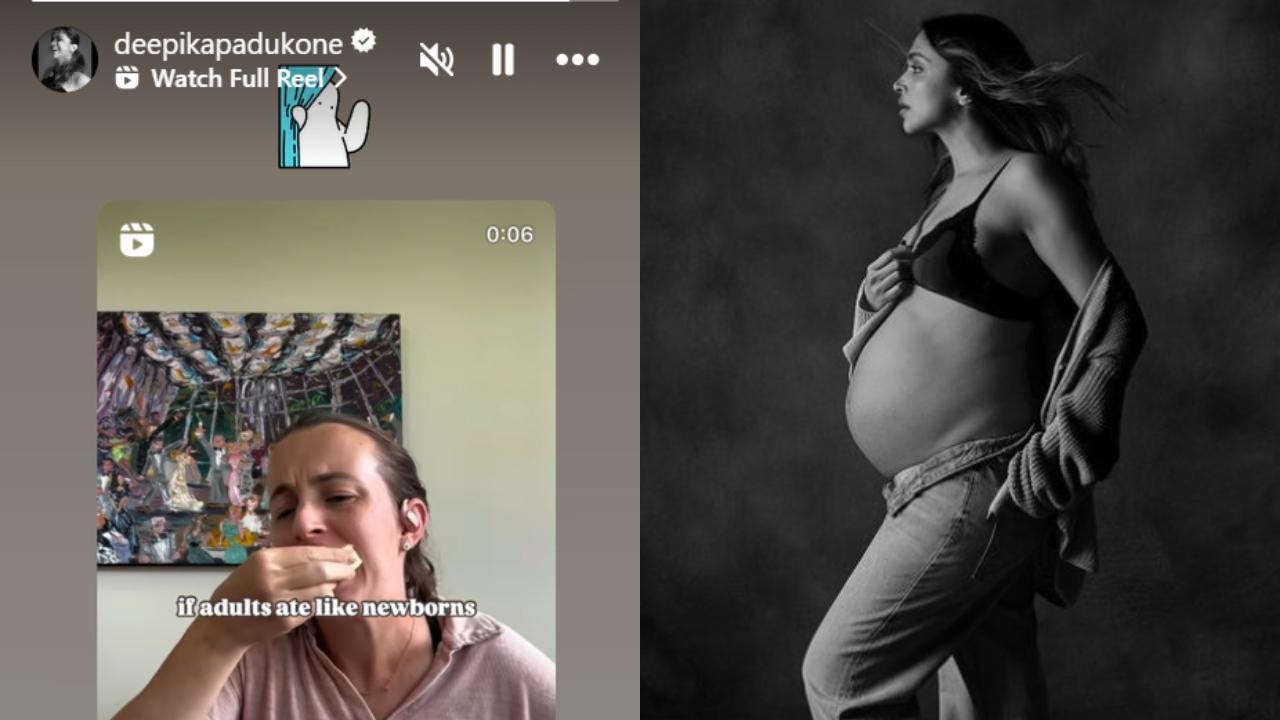If you don’t know my sisters, you don’t know me,” said a colleague of bestselling author Coco Mellors during a luncheon well before she became a literary sensation with her debut novel Cleopatra and Frankenstein. Like Mellors, this colleague was also one of the four sisters. This declaration compelled the author to think about how much of who she is has resulted from the bond she has with her siblings.
But Mellors has noted previously that she is “interested in breaking something that’s harmonious,” so in her second novel , she creates a world where three sisters are seen grappling with the loss of the fourth one. In the Prologue, Mellors writes that a “sister is not a friend” because you don’t get to choose your sister: “You’re part of each other, right from the start.” To that end, it’s correct to say that a part of Avery, Bonnie, and Lucky died with Nicky.

It may, therefore, seem that Blue Sisters is about the three sisters trying to make sense of a Nicky-shaped hole in their lives, but that would be a limited reading of the novel. Sisterhood most definitely is the core of the book, but it’s the arguments regarding how to rebuild one’s life when one has spent a good part of it trying to escape from it that Mellors makes. The story demonstrates how deeply thoughtful a work of fiction is.
It begins with Lucky, the youngest and most reckless of the pack of four. She’s a Paris-based model, an alcoholic and drug addict. After getting wasted through the night, Lucky must make it to a modelling assignment else she’ll be fired.
The opening chapter, however, also reveals that it’s not the only thing that’s on her mind: it’s Fourth of July and it has been a year since Nicky passed away. Despite knowing that there’s never going to be a response, she sends a voice message to Nicky and ignores the email that their mother has sent regarding the sale of their two-bedroom apartment in New York, requesting them to collect Nicky’s belongings before the buyer moves in. Lucky comes quite close to the author herself.
Like her, she was an alcoholic in her 20s. So, it’s natural, but also hard, for Mellors to write about drinking and sobriety, something she manages to weave into the narrative exceptionally. Avery, the eldest, appears the most composed of them all, but quite isn’t.
She’s gullible. Sample this: “Later that night, Avery lay in their deep claw-foot bath listening to the radio. She didn’t care what was on; she just needed some noise in the room to prevent her from being alone with her thoughts.
” A corporate lawyer, she lives in London with her Indian partner Chiti and her brother Vish. It seems Mellors has put herself up for a challenge: first, by introducing queerness through a character like Chiti; and then foraying into the world of boxing with Bonnie, the fourth sister. An erstwhile boxing champion—and someone who her father thought was as close to being his son—Bonnie is a bouncer in a bar in Los Angeles.
While her job is to help avoid messier situations during the business, one day she snaps. All three sisters are broken. Lost.
Which is why in one or the other manner—be it Lucky’s self-destructiveness or Avery’s attempt to be meticulous and being an adhesive that keeps the family together or Bonnie’s failure to reconcile with a loss in her career—the actions of the three sisters reveal their need to heal. But they fail to recognise it. Their siloed existence has shielded them from confronting the loss in a way that they must because as Joan Didion writes in Blue Nights: “The fear is not for what is lost.
What is lost is already in the wall. What is lost is already behind the locked doors. The fear is for what is still to be lost.
” That anxiety holds a central place in their lives, but its presence is lost on them. When they’re united for the sale of the flat, which forces them to grieve together, the whole drama unfolds, and the healing process starts. A promising read and a novel of its time, Blue Sisters is a tender portrait of sisterhood, loss, and hope.
.



















